Face masks have become a key tool in the global fight against COVID-19,Masks are mandatory in public spaces across large swathes of Europe as countries attempt to reduce the spread of the virus via air droplets.However, masks need to be replaced regularly in order for them to be effective, and little advice has been given by countries about how long to wear them.
Scientists in Scotland say they've now developed a version that tells the wearer when to stop using it by creating a label that changes color when it's time to dispose of masks and other PPE.(Click to share to LinkedIn)

Scientists at Scottish company Insignia Technologies believe they've now solved that problem The labels "use a range of smart pigments and inks that can change colour when exposed to CO2 (carbon dioxide)," Insignia engineer Graham Skinner said.
The labels, can be used on disposable or reusable masks, are yellow to begin with and gradually turn blue as they deteriorate in effectiveness. The colour change process can take four or six hours.(Click to share to Facebook)

The principle of the label is to use the concentration of carbon dioxide in the mask to judge whether the mask is invalid or not. First of all, how does the mask realize particle filtration?
Mask filtration is divided into mechanical filtration and electrostatic adsorption. Mechanical filtration is to intercept large particles through the fiber layer of mask material. Most particles are between 0.1-0.4 μ m in diameter, and a large part of PM 2.5 particles are also in this size range. Is it possible to make the hole on the filter screen small enough to filter out most of the particles in the air? Theoretically, this can filter out most particles, but the filtration resistance is too large, which will seriously affect the breathing. What should I do?

Method 1: Make thin filter
the filter layer is made very thin to reduce the air resistance. Now many nanofiltration membranes are very thin, such as the PTFE nanomembrane for masks, which is thinner than 10 microns (0.01 mm); the nanomembrane prepared by electrospinning is generally thinner than 10 microns, but the strength of such membrane is very low, so it must be supported by a higher strength macroporous non-woven fabric. Although the material is simple enough, it is not easy to break when it is small enough.

Method 2: Electrostatic adsorption
make the filter material have electrostatic adsorption capacity. Charge is injected into polypropylene melt blown fabric by various methods to make the melt blown cloth carry static electricity and keep this state for a long time. When the particles in the air pass through the mask, they will be absorbed by the increased electrostatic action, so that 0.1-0.4 micron particles can be easily absorbed without increasing the respiratory resistance, greatly improving the overall filtration efficiency.

The best way to isolate bacteria is electrostatic adsorption. Therefore, the masks with bacteria isolation effect (medical surgical masks and medical N95 masks) generally have a layer of melt blown cloth with electrostatic adsorption after electret treatment, which can effectively absorb fine particles (including viruses).
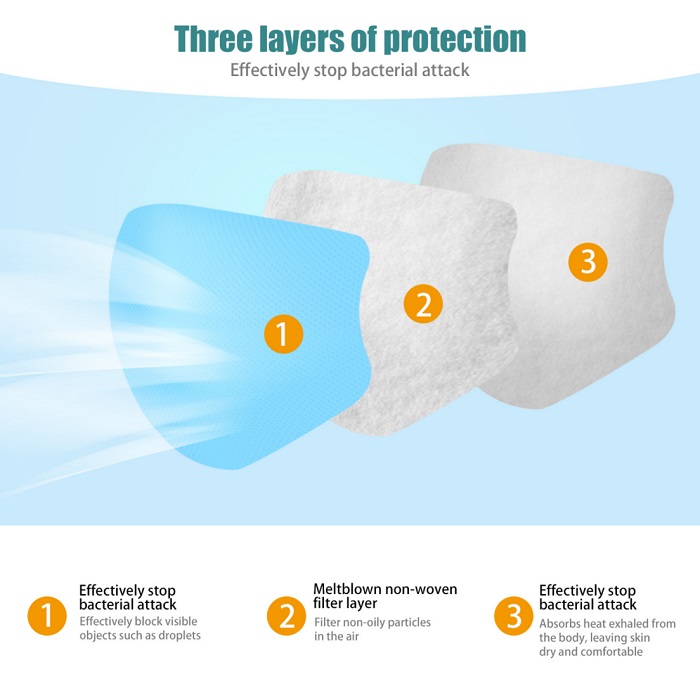
Therefore, the failure of the mask should not only depend on the concentration of carbon dioxide, but also on the loss of static electricity. How to test static electricity? The new surgical mask and N95 mask can absorb the shredded paper, but the failed mask can't. When the mask is worn for a period of time, the static electricity is lost and it is not suitable to wear it again.
.jpg)
Generally speaking, the electrostatic adsorption effect of medical N95 mask is better than that of surgical mask. Disposable medical surgical mask can be used for 8 hours, and medical N95 mask can be used for 100 hours. Both of them can't be washed with water. After washing, the electrostatic adsorption effect will be greatly reduced.
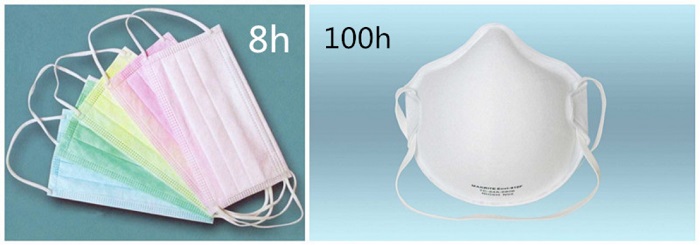
How does the mask charge lose? The dissipation of charge in mask is a very complex process. At present, humidity, temperature, time, chemicals and particles in contact will affect the dissipation of charge. At room temperature, the effect of humidity is more obvious, and the charge dissipation is faster at higher relative humidity.
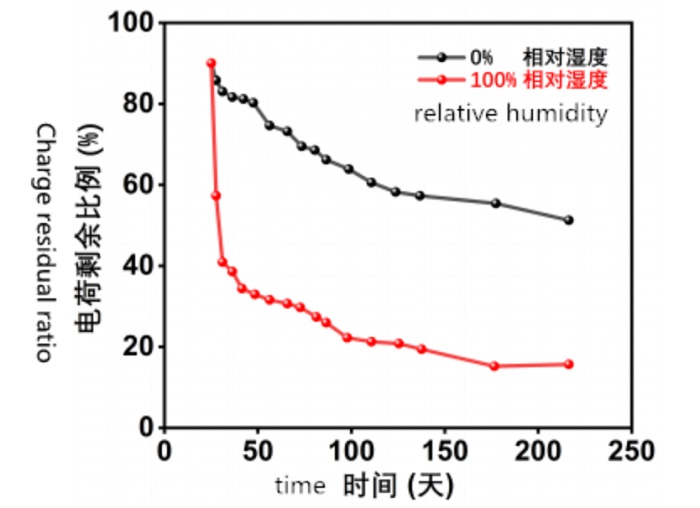
(The influence of humidity on the charge residual ratio in normal temperature storage)
How to disinfect the mask?
Due to the influence of humidity on the charge dissipation, it can be seen that the electrostatic adsorption effect of medical surgical masks and medical N95 masks will be greatly reduced after washing, resulting in the loss of filtering effect of masks. In addition to washing, what are the correct disinfection methods?

1. All high temperatures above 80 ℃ may damage the structure of the mask. However high the temperature is, the non-woven fabric and melt blown fabric may be decomposed, so the boiling method is not suitable. It can use temperature higher than 56 ℃ and lower than 80 ℃ for 30 minutes to achieve effective sterilization.
2.It is suitable for medical masks, but N75% is not suitable for surgical masks.
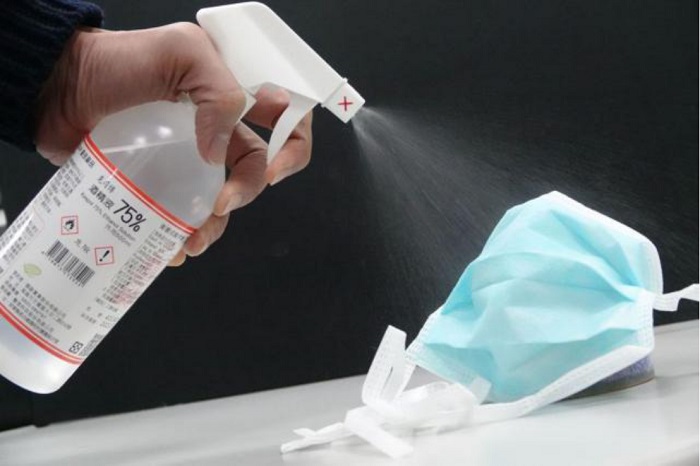
3.Purchase ultraviolet lamp for ultraviolet disinfection, which is suitable for all kinds of masks. In addition, ultraviolet ionizes oxygen in the air and produces ozone, which also has disinfection effect.
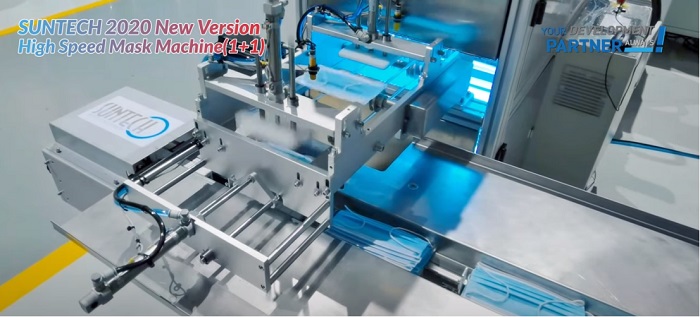
(ST-AMM mask machine,Click to contact)
Suntech meltblown machine not only has fine and uniform spinneret, but also has high filtration rate to ensure the filtration and air permeability of materials. Moreover, electret treatment is used to produce melt blown fabric with excellent electrostatic adsorption effect, greatly improving the filtering effect of mask. The integrated mask machine realizes full-automatic production, including UV sterilization and visual inspection, automatic screening of unqualified masks,The BFE of mask can reach 99%. Suntech can also provide mask machine, spunbonded non-woven fabric machine, melt spinning non-woven fabric machine, mask materials, etc., welcome to inquire.





